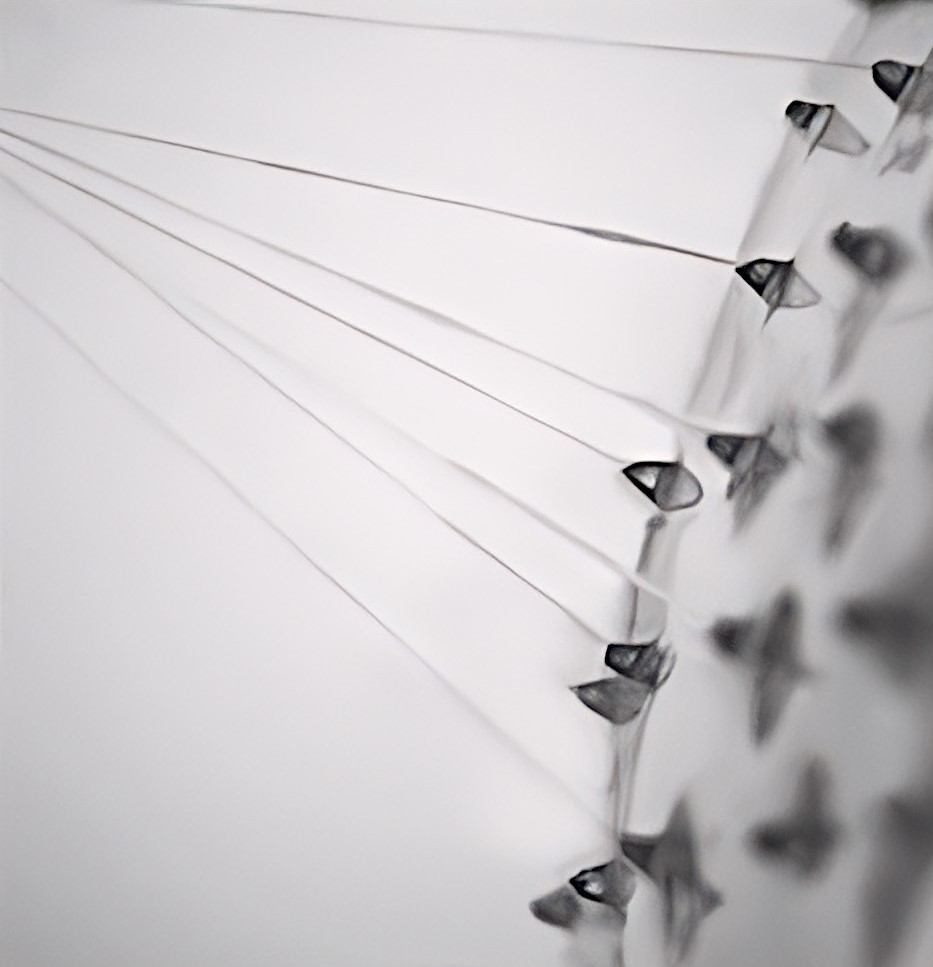Researchers at Tufts University took the imaginary scenes from Spider-Man seriously and created the first web-slinging technology in which a fluid material can shoot from a needle, immediately solidify as a string, and adhere to and lift objects.
Tag: silk

Spinning artificial spider silk into next-generation medical materials
Scientists reporting in ACS Nano have made their own version of fake spider silk, but this one consists of proteins and heals wounds instead of haunting hallways. The artificial silk is strong enough to be woven into bandages that helped treat joint injuries and skin lesions in mice.
Easy way to spin nanofibers, inspired by silkworms (video)
The way that silkworms wind their cocoons is now helping scientists more easily make new biomedical materials. Researchers in ACS’ Nano Letters have mimicked the seemingly simple head bobbing of silkworms to create more consistent micro- and nanofibers with less equipment than other approaches.
Scientists Use Modified Silk Proteins to Create New Nonstick Surfaces
Scientists developed a method to make silk-based materials that refuse to stick to water, or almost anything else containing water. Molded into forms like plastic, or coated onto surfaces as a film, the silk material has nonstick properties that surpass those of commercially available nonstick surfaces.
Silk Improves Function of Surgical Masks
University of Cincinnati biologists found that a double layer of silk in combination with a surgical mask can enhance its ability to prevent the spread of viruses like COVID-19.
Scientists Create Tattoo-like Sensors That Reveal Blood Oxygen Levels
Tufts engineers create a glowing sensor made from a silk gel that can be implanted under the skin to detect blood oxygen levels in real time. The sensor provides proof of concept for detecting other blood components, such as glucose
Scientists make powerful underwater glue inspired by barnacles and mussels
Scientists replicate the molecular properties of the natural cement used by barnacles and mussels to create a powerful adhesive using silk protein. The new adhesive can work well in both dry and underwater conditions.
Researchers create leather-like material from silk proteins
Engineers have created an environmentally friendly leather alternative made from silk. The material can be printed into different patterns and textures, has similar physical properties to real leather, and can withstand the folding, piercing, and stretching typically used to create leather goods.

David Kaplan Elected to National Academy of Engineering
David Kaplan, the Stern Family Professor of Engineering at Tufts University School of Engineering, has been elected to the National Academy of Engineering in recognition of his contributions to silk-based materials for tissue engineering and regenerative medicine.

New way to make biomedical devices from silk yields better products with tunable qualities
Researchers have developed a more efficient fabrication method for silk that allows them mold the material like plastic into solid forms for a wide range of applications, including medical devices. The properties of the end products can be “tuned”, and modified with bioactive molecules, such as antibiotics and enzymes.